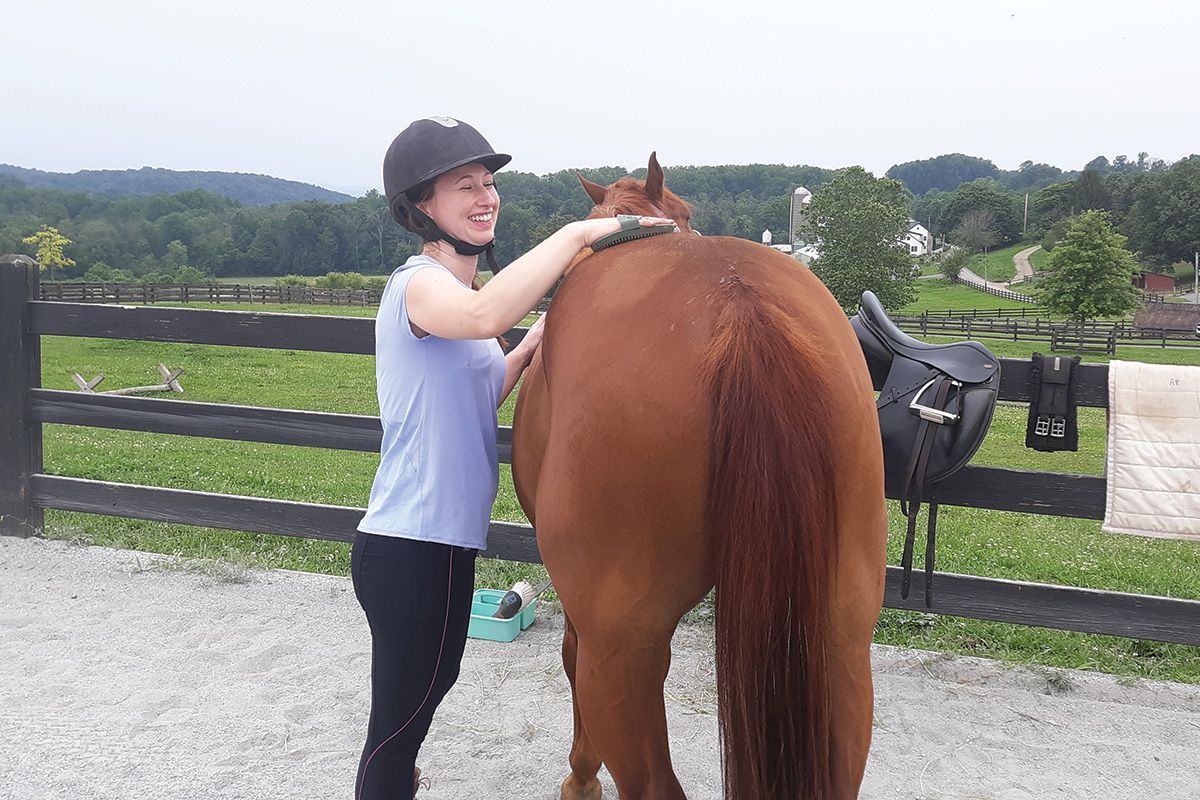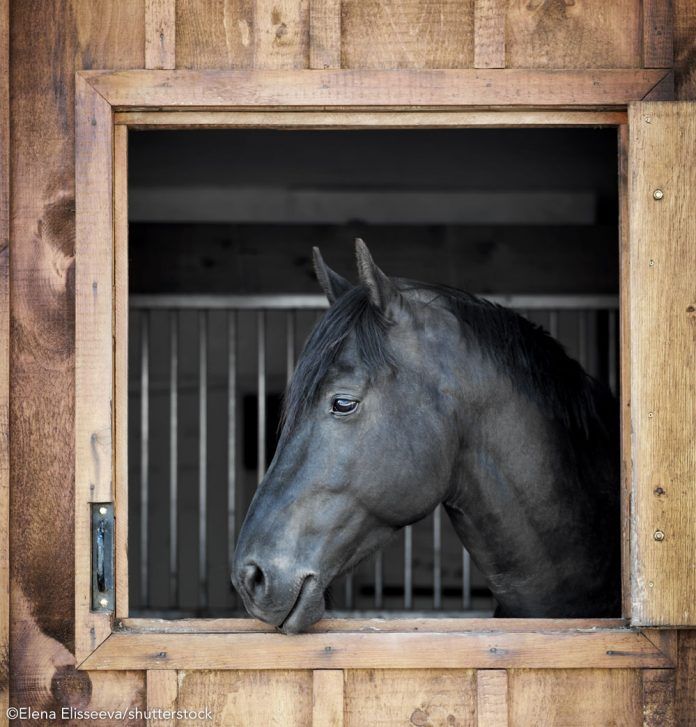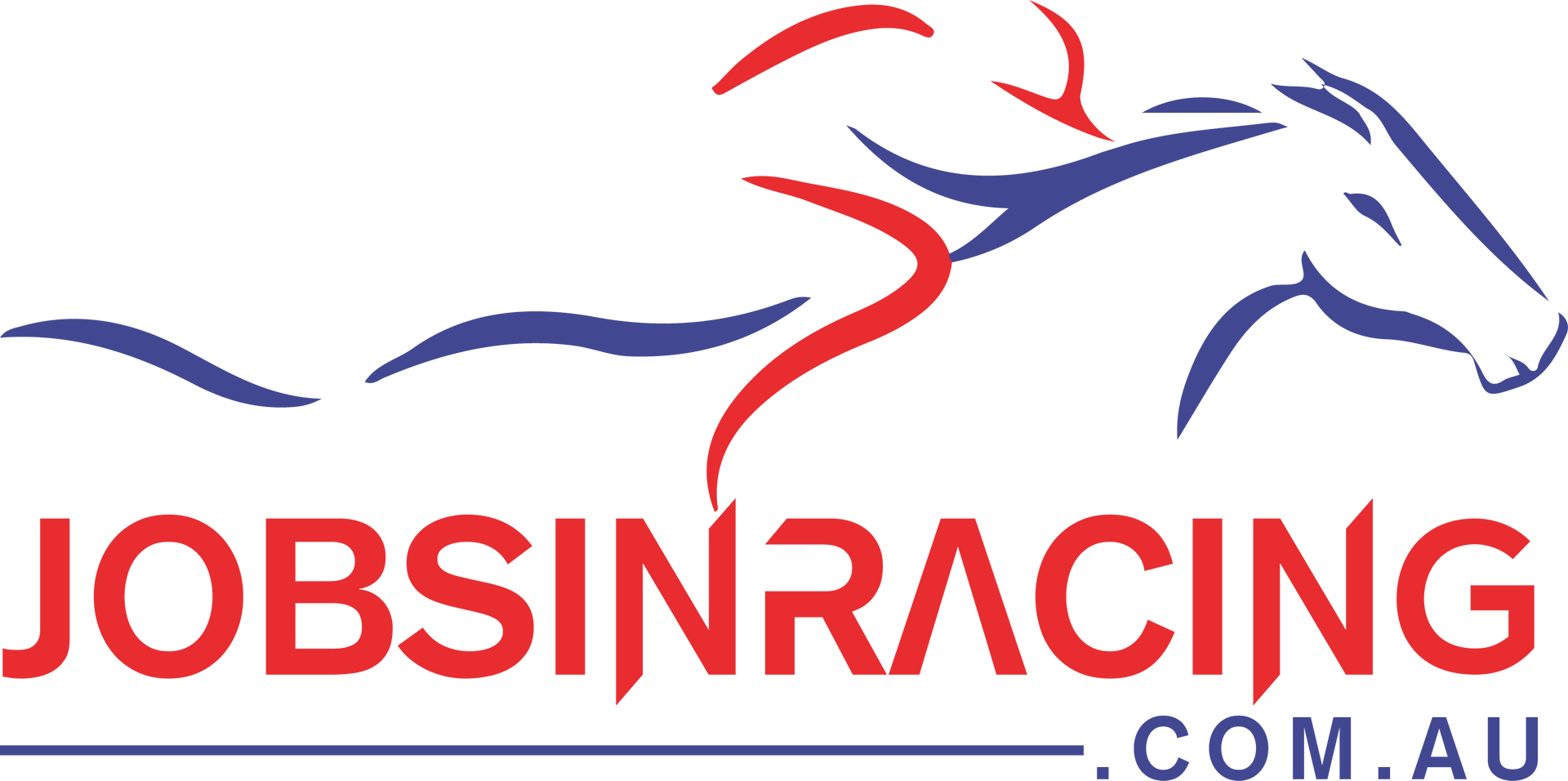Treatment and Recovery of Founder in Horses
Many factors contribute to whether a horse can recover from a bout of laminitis. Find out ways to prevent and treat this devastating ailment.
Plenty has been written about the prevention, causes, and treatment of founder, but less information is available on whether or not afflicted horses will “successfully” recover. The answer, despite the availability of clinical exams to guide prognosis, is not as straightforward as it may seem. Here, two leading experts in their fields, as well as the owner of two horses stricken with founder, weigh in.
Diet & Equine Metabolic Syndrome
Raul Bras, DVM, CJF, APF, a shareholder and practicing veterinarian at Rood & Riddle Equine Hospital in Wellington, Fla., has extensive experience treating horses experiencing laminitis and founder. He says that diet and its relationship to equine metabolic syndrome (EMS) is likely the most common contributing factor.“A very high percentage of laminitis and foundering of horses is due to equine metabolic syndrome,” he explains. And changing the diet, once EMS has been identified as the cause, can be one factor that contributes to whether or not your horse will recover.
“If the owner is not willing to put the horse on a weight loss plan, there is nothing you can do to the foot that is going to fix it or stop it,” says Travis Burns, M.S., CJF, TE, EE, FWCF, and associate professor of practice and chief of farrier services at the Virginia-Maryland College of Veterinary Medicine in Blacksburg, Va.
Since it is very easy to slip back into old habits and patterns, you should continue to diligently manage your horse’s diet going forward after receiving such a diagnosis.
“You have to keep the horse at an appropriate body condition score and have his metabolic profile within normal limits, or you are just fighting an uphill battle,” Burns adds.
Identifying Problems Early
While most horse owners are vigilant about having their veterinarians out to administer yearly vaccinations and dental exams, fewer have diagnostic tests, such as annual X-rays and barn-side insulin testing completed. This is particularly important with horses and ponies that are genetically or otherwise predisposed, in order to seek out possible problems before they arise.
Regarding insulin testing, Bras initially likes to test as much as possible to achieve a baseline.
“You have four seasons of the year. If you [test] in the winter, spring, summer, and fall, you can see how [insulin levels] fluctuate,” he says. Once the baseline has been noted, your vet can monitor for increases to it on an annual basis and make changes to the horse’s diet well before he experiences laminitis or founder.
Knowing if your horse is predisposed to a condition such as EMS goes well beyond making dietary changes. It can also help guide you in avoiding over-supplementation and in the treatment of other medical conditions your horse may develop.
For example, in some instances treating with steroids can trigger the development of laminitis. Bras advises that rather than helping, both over-supplementation and over-medicating can make laminitis and founder more difficult to treat.
Using a Venogram
Venograms, a type of contrast radiograph study, play a critical role in assessment, as early identification is a top contributing factor as to whether or not your horse will make a successful recovery.
“It all comes down to blood supply,” says Bras. “That’s why I am a proponent of the venogram.”
He likens venograms to weather reports because they give you time to prepare and potentially even prevent problems before they arise. By knowing that the blood supply to the foot has been compromised before a problem has already presented itself, you can take a proactive rather than a reactive approach to certain elements (such as farrier and dietary modifications) of your management plan.
Corrective shoeing, for example, can work to counteract mechanical failure, while dietary changes can address weight and metabolic issues before problems occur.
Aggressive Treatment
Should your horse experience laminitis or founder, immediate, bold treatment can play a key contributing factor in whether or not your horse will recover. Bras advises avoiding a “wait and see” approach. Instead, he recommends assessing the damage and determining how much blood supply is present, and using that knowledge to make decisions as to how to proceed.
While it may seem logical to think that a horse who experiences a high degree of rotation will be unlikely to recover, Bras explains that this may not be the case.
“You might have a horse that has equine metabolic syndrome and has an acute foundering that doesn’t rotate much or another with a lot of rotation,” he says. “Even if you have a lot of rotation, if you have identified it right away, there’s a strong chance you can save a horse.” He emphasizes that each case is individual.
Emergency Treatment
Should a horse experience laminitis but rotation has not yet occurred, Bras recommends the application of the NANRIC Ultimate cuff shoe as long as the bone alignment matches the shoe.
“That shoe gives the horse 18 to 20 degrees heel elevation,” he says. “The heel elevation helps to optimize the blood supply to the hoof, thereby increasing the chances for a successful outcome.”
Because it doesn’t have to be glued or nailed on, any veterinarian, farrier, or owner (under veterinary supervision) can apply it simply by wrapping it on to secure it to the hoof.
Monitoring sole depth, degree of rotation, and the amount of blood supply during this process are all factors that will guide your veterinarian in directing treatment options, including making the call in extreme cases as to whether or not the deep digital flexor tendon (DDFT) should be severed to relieve tension and prevent rotation of the coffin bone.
Signs Indicating Outcome
According to Burns, marked improvement in the horse’s comfort, the return of vascular perfusion and growth of the horse’s foot—specifically in terms of sole depth—are all signs that your horse may make a recovery and return to his previous level of performance, or at least a modified version of it.
As a referral farrier making recommendations to help achieve successful outcomes for farriers in the field, Burns recognizes the need to work within principles rather than methods. Understanding that varying methods can all reach the same goal, he says that the first and foremost guiding principle he would like to achieve is recruiting the frog and sole into load-bearing.
This can be accomplished by any number of methods preferred by the horse owner’s farrier, including pads, heart-bar shoes and clogs, all aimed at meeting the needs of both the horse and the owner’s management situation. No matter the method, Burns likes to see a shoe that relieves tension on the laminae when the horse is moving even when he is turning.
Burns also recommends principles to realign the hoof capsule around the distal phalanx (P3 or coffin bone).
“If a horse can’t or won’t show growth, particularly under the tip of P3 or sole depth region, that is a bad sign,” he says.
As treatment progresses, Burns recommends lowering the heel to an appropriate palmar angle for the individual horse without causing increased tension on the DDFT, which results in increased tension on the laminae.
Finally, he advises dressing the hoof wall back to match the dorsal surface of the coffin bone. He says that if the bone stays healthy, you’ve got a much better prognosis for a return to athletic performance.
In the end, both Bras and Burns recommend the combined efforts of a veterinarian/farrier team.
“It’s not a good idea to think that your farrier can handle it on their own,” says Burns.
Source: https://www.horseillustrated.com/horse-founder-treatment-recovery


